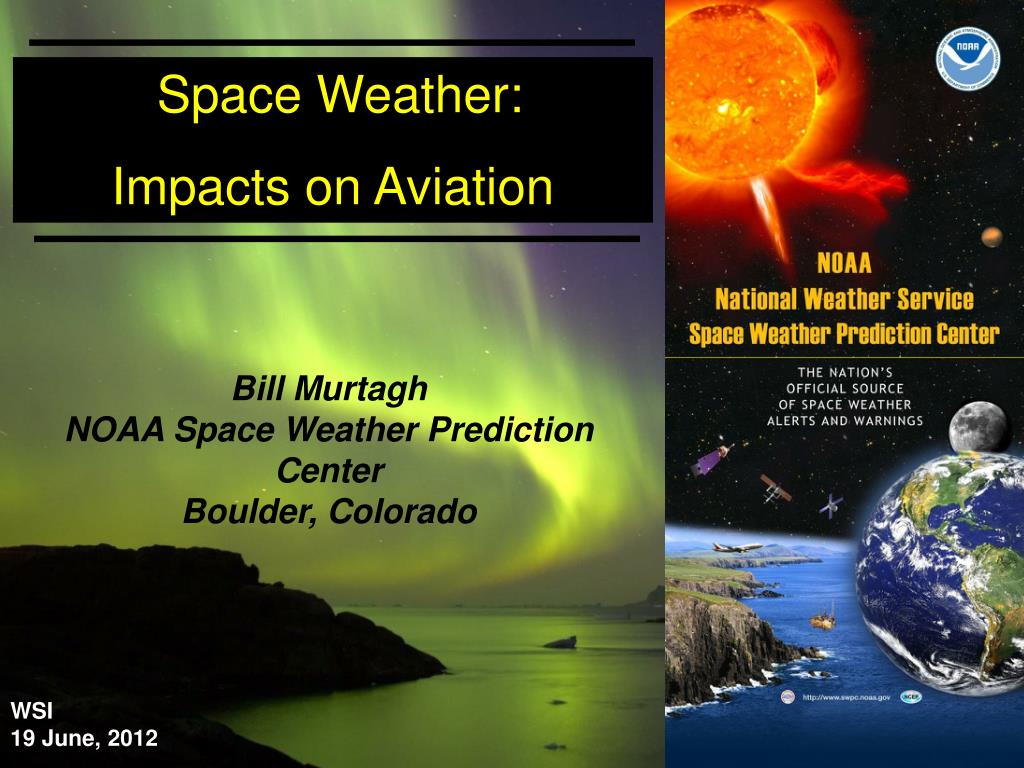


High-energy particles (protons and electrons) released during flares, can penetrate satellite electronics and cause malfunctions.

Flares can also be accompanied by radio emissions that can interfere with GPS and other satellite communications. Solar flares degrade high-frequency radio communication on the sunlit side of the Earth, causing radio blackouts. inform efforts to predict its occurrence and severity.There are different types of space weather events, and each can affect different technologies.fully understand and model the scintillation and the conditions giving rise to it.With LOFAR we can expand such measurements across a much wider bandwidth to gain extra information essential to be able to Currently, most studies use satellite data (usually single frequency) to investigate ionospheric scintillation. Strong scintillation can disrupt satellite signals, such as those from GPS satellites and other modern communication technologies. Signals traveling through the Earth’s ionosphere experience scintillations and other distortions because of turbulence. A major challenge in our work is to decouple the effects of the IMF on the radio signals from those due to propagation through the interstellar medium and the Earth’s ionosphere. LOFAR is currently the only European facility with such capabilities. To accurately reconstruct IMF, we need very accurate measurements of FR, which we acquire from LOFAR’s high bandwidth observations of pulsars. Daily observations of the Faraday rotation (FR) of an incoming polarised radio signal with LOFAR offers a unique tool to obtain 3-D measurement of the global interplanetary magnetic field. The polarization of radio signals is affected by the presence of magnetic field (an effect known as Faraday rotation). Remote-sensing observations of these parameters, essential to provide the global view necessary for accurate modelling, is a challenging proposition. measurements of the magnetic field at the solar surface and magnetohydrodynamic (MHD) models that make predictions on how this field is spreading in space.satellite measurements from spacecrafts at the L1 Lagrangian point.We currently obtain information about the IMF in the vicinity of the Earth via The strength and direction of this interplanetary magnetic field (IMF) as it encounters the Earth’s magnetosphere has a large impact on space weather and its effect on the Earth. The sun is a big magnet whose magnetic field is carried through interplanetary space by the solar wind. This technique potentially allows any fine-scale changes in velocity or density structures to be investigated in a way that cannot be achieved with other instruments. The spatial extent of individual scintles, related to the scale size of density structures in the solar wind, can also be viewed in an approximate sense from these images. Any sudden or short-lived variations in velocity can be seen easily in this kind of visualisation, as can any differences in flow direction. The wide geographical spread of LOFAR makes it possible to have a highly-detailed spatial view of the scintillation pattern “flowing” over the different LOFAR stations. Such measurements represent the only ground-based method by which the 3-D solar wind can be probed and efforts are now underway to incorporate them into space weather forecasting models. Interplanetary scintillation - the scintillation of signals from compact radio sources due to small-scale density structure in the solar wind - has been used for studies of the solar wind for over half a century.ĭaily observations of the interplanerary scintillation (ISP) with LOFAR are used to image the 3-D structure of both speed and density of solar wind throughout the inner heliosphere.


 0 kommentar(er)
0 kommentar(er)
